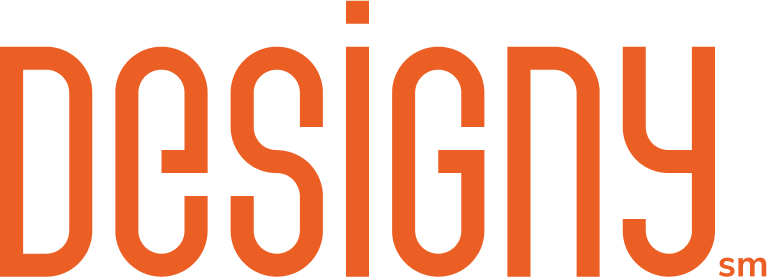“I don’t like it!” Turn unhelpful comments into actionable design feedback
No one wants to ask people to trample all over their work. Yet, there’s a simple way to get feedback you can use (and enjoy it).

I remember one of my first design reviews with a client.
I worked hard on the design and was really excited about it. Not only that, I had three different designs to show—each one different from the other. Surly this would be a great meeting.
After presenting the designs I asked, “What do you think?” After a pause, the response was our title comment—“I don’t like it.”
Of course, my first reaction was, “What’s not to like? These are fantastic!” Yet, that’s something one thinks and never speaks.
It caught me off guard for sure. I was expecting the client to gush about the genius design decisions I made. Surely they noticed the care and hierarchy of the typography. At this point, I’d even take an acknowledgment of how I brought three alternative designs to the table.
So, instead of engaging, I did the next best thing—I panicked. All words and reason left me. Instead of responding, I diligently took notes as though it was a laundry list of to-dos:
- “The color’s not right”
- “There’s too much white space”
- “Does the menu have to be there?”
- “Could you make to logo bigger?”
Back at my desk, I opened my design files with my meeting notes right beside. I stared at the puzzle staring back at me. The color’s not right. I had 16 million colors to choose from. “What color would be right?” I thought.
I was left guessing, and guessing is not designing.
Ask the wrong question, get the wrong answer
I hoped either to get accolades or at least well thought out comments. Instead, I got emotion and preference. Either way, I set myself up for disaster.
Actually, I got exactly what I asked for. Open-ended questions are great, but open-purposed questions are not.
I wanted objective feedback, but I asked a personal question—“What do you think?”
What: this opened up the scope for the stakeholder to comment on anything in the whole design.
Do you: this set the context of the design to the stakeholder personally, not of the product or the end user.
Think: this focused in on the stakeholder’s opinion, not on anything objective about the design.
It was the perfect setup, and the response is not surprising.
A better question
UX Product Design is not the same as picking out wall paint for one’s living room. It’s not about what the stakeholder wants. In fact, it’s not about what you as the designer wants.
A better question would have been focused on the user task and the business objective.
- “Does this dashboard communicate the most critical action step?”
- “What would you click on next to continue?”
- “What is the first thing you notice on this screen?”
These are very specific, action-oriented, and user-centric. The response can’t be “I don’t like it” until after they answer the question. Even a response of “I don’t know” is extremely telling of your design—if the person can’t figure it out, then you’ve got a clear indication you may need to rework that part.
For any answer, it will allow you to ask follow up questions to dig deeper, even if it’s “I don’t know.”
- “Great! Why did you want to see all three of those first?”
- “Okay, what were you expecting to happen next?”
- “That’s interesting. Why did you pick that out first?”
The feedback is not limited to one comment, but peeling back the onion of thought.
It’s a great opportunity to not only discover the gaps in your design, but also to get into the thought process of someone else and consider their needs.
More than a question
Ultimately working software is where the real validation comes from, but that can be expensive if the idea is too big.
User testing with a prototype is the step before working software. Since it’s much cheaper to create, it still has trappings of being contrived, but it will be much more realistic.
There is real value in getting feedback during the design phase, especially when you can tap into the experience of other designers.
There is a controlled, step-by-step process you can lead designers and others through in order to truly dig deep and mine that highly actionable feedback. I’ll talk about that, below.
Take it further
There’s more to unpack, so I’ve put together a free, 30-minute Quick Course that goes into much more detail. It’s like a hands-on mini workshop so you can start leading people through giving you feedback that’s actionable.
I’ll cover:
- The step-by-step process of conducting a feedback session
- A way to handle comments like “I don’t like it” and more
- What you can do to start practicing this immediately

Free, 30-minute Quick Course
Take control of design reviews, demonstrate design leadership, and receive actionable feedback to make design decisions that deliver results on purpose.




